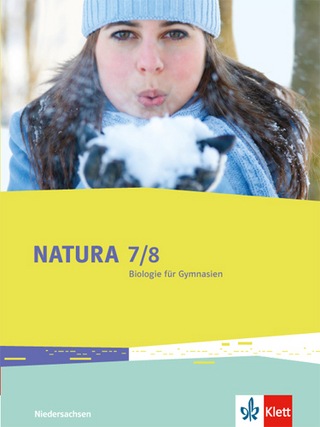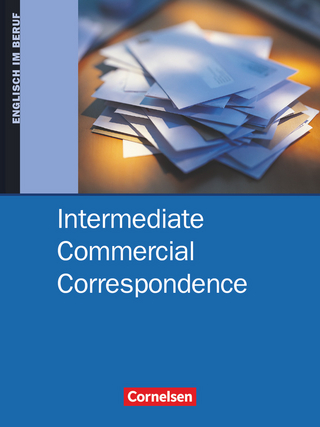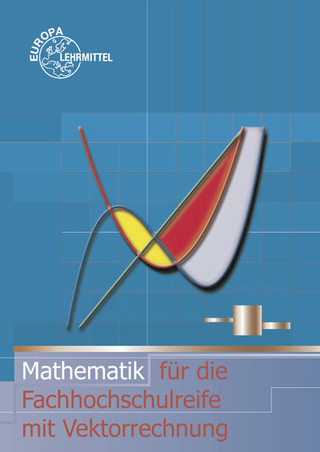Natural Production of Organohalogen Compounds
Springer Berlin (Verlag)
978-3-540-41842-9 (ISBN)
This book summarizes the state-of-the-art knowledge on naturally occurring organohalogens, of which more than 3700 are documented. The chapters cover all aspects of this field, including the structural diversity and sources of organohalogens, the mechanisms for their formation and biodegradation, the clinical use of dichloroacetate, and the synthesis of the powerful anticancer chlorine-containing cryptophycin. Both biogenic and abiogenic sources of organohalogens are treated, the latter of which include volcanic emissions and abiogenic formation in soil. Halogenation in humans, fungi, and in the ocean are covered in separate chapters. Sources and biosynthesis of the relatively rare natural organofluorines are also discussed in this volume. By better understanding of the role nature plays in the area of organohalogens, we can more intelligently regulate the production, use, and disposal of man-made organohalogen compounds.
Gordon W. Gribble: The Diversity of Naturally Occurring Organohalogen Compounds.- David Harper and J.T.G Hamilton: The Global Cycles of the Naturally Occurring Monohalomethanes.- Gunilla Öberg: The Biogeochemistry of Chlorine in Soil.- Heinfried F. Schöler and Frank Keppler: Abiotic Formation of Organohalogens During Early Diagenetic Processes.- Robert M. Moore: Marine Sources of Volatile Organohalogens.- Jim A. Field and Johannes B.P.A Wijnberg: An Update on Organohalogen Metabolites Produced by Basidiomycetes.- Armin Jordan: Volcanic Formation of Halogenated Organic Compounds.- David Harper, David O'Hagan and C.D. Murphy: Fluorinated Natural Products: Occurrence and Biosynthesis.- Karl-Heinz van Pée and Susanne Zehner: Enzymology and Molecular Genetics of Biological Halogenation.- Jeffrey P. Henderson and Jay W. Heinecke: Myeloperoxidase and Eosinophil Peroxidase: Phagocyte Enzymes for Biohalogenation in Humans.- Chandramohan V. Ammini and Peter W. Stacpoole: Biotransformation, Toxicology and Pharmacogenetics of Dichloroacetate.- Charles E. Castro: The Natural Destruction of Organohalogen Compounds. Environmental Dehalogenation.- Marcus A. Tius: Cryptophycin Synthesis.
From the reviews:
"This is volume 3/P of the excellent collection The Handbook of Environmental Chemistry ... . The present book summarizes the state-of-the-art knowledge on naturally occurring organohalogens, of which more than 3700 are documented. ... The enormous advances made in our understanding of the organohalogens biosynthesis, biotransformation, and physiological roles are extensively presented in separate chapters. ... Certainly, the volume contains all relevant information in this respect, following the accurate presentation and scientific rigor of previous volumes in the collection." (International Journal of Environmental Analytical Chemistry, Vol. 84 (8), 2004)
| Erscheint lt. Verlag | 30.4.2003 |
|---|---|
| Reihe/Serie | Anthropogenic Compounds |
| The Handbook of Environmental Chemistry | |
| Zusatzinfo | XIV, 314 p. |
| Verlagsort | Berlin |
| Sprache | englisch |
| Maße | 155 x 235 mm |
| Gewicht | 595 g |
| Themenwelt | Sachbuch/Ratgeber ► Natur / Technik ► Natur / Ökologie |
| Naturwissenschaften ► Chemie ► Organische Chemie | |
| Technik | |
| Schlagworte | Abiogenic • Biogenic • Emissions • Halogenverbindungen • Industrial Pollution Prevention • NATURAL • Organische Stoffe/Verbindungen • Organische Stoffe/Verbindungen (Einz.) • Organochlorine • Organohalogen • Production • terrestrial pollution • Toxicology • Umweltchemie • Umweltchemikalien |
| ISBN-10 | 3-540-41842-3 / 3540418423 |
| ISBN-13 | 978-3-540-41842-9 / 9783540418429 |
| Zustand | Neuware |
| Informationen gemäß Produktsicherheitsverordnung (GPSR) | |
| Haben Sie eine Frage zum Produkt? |
aus dem Bereich





